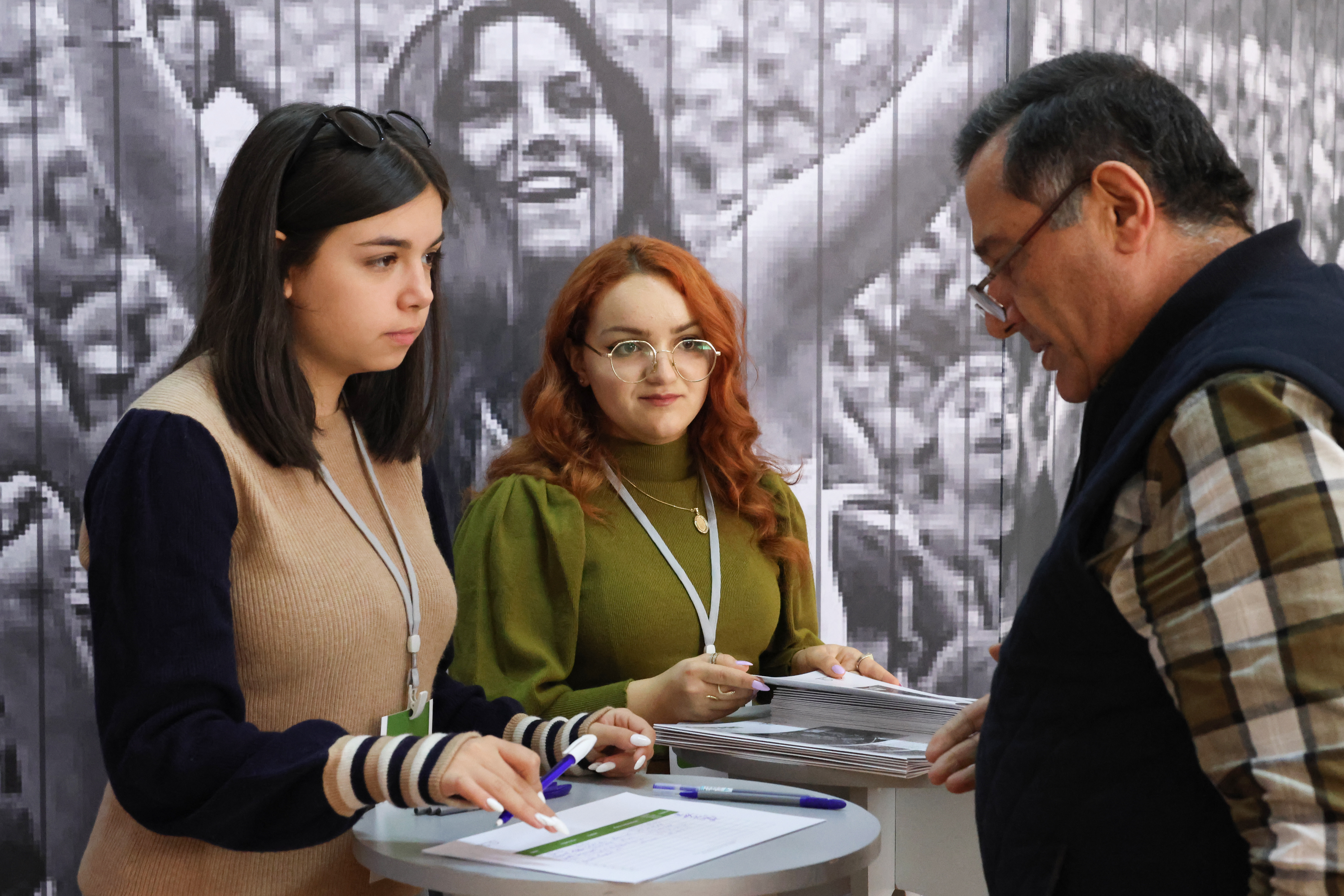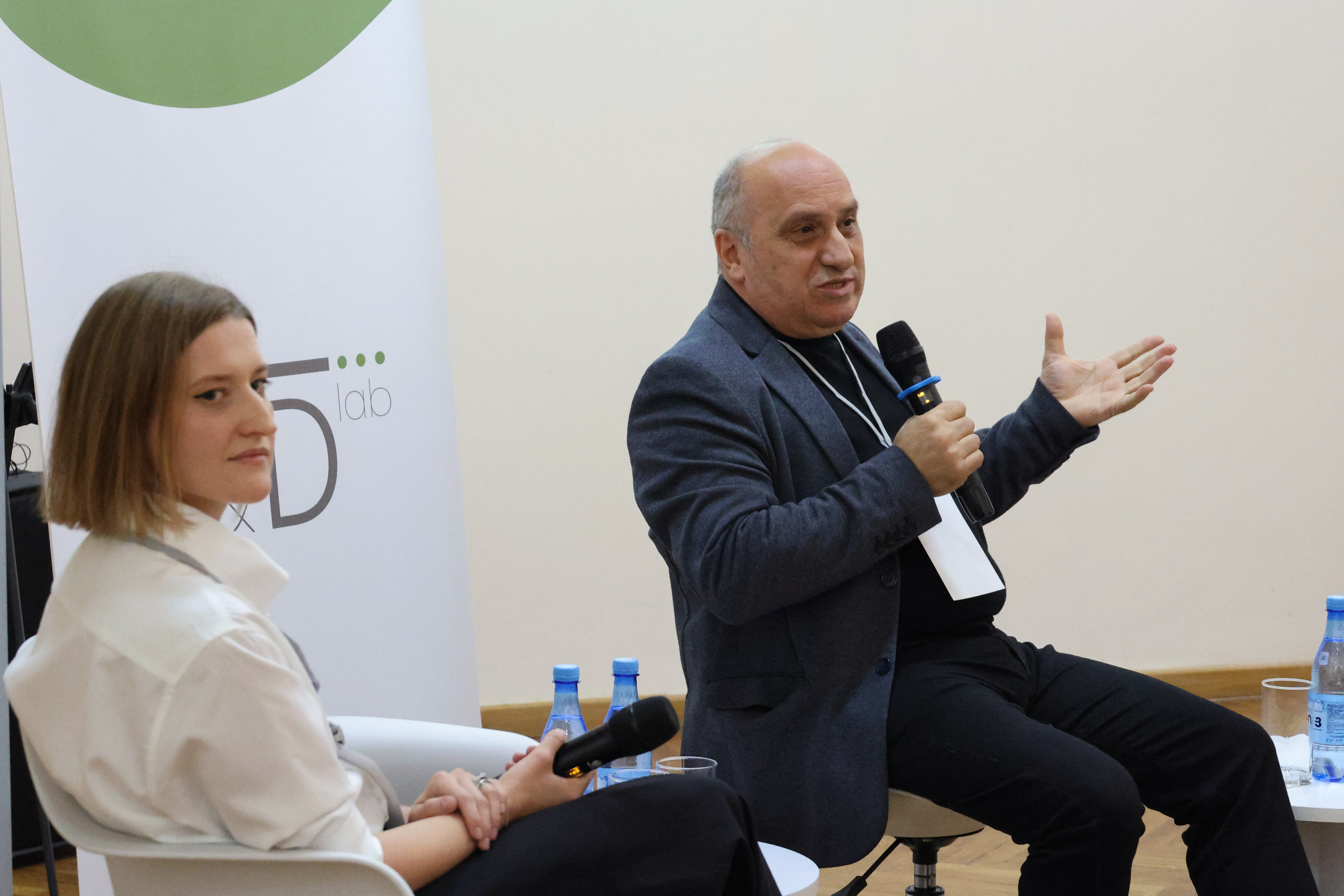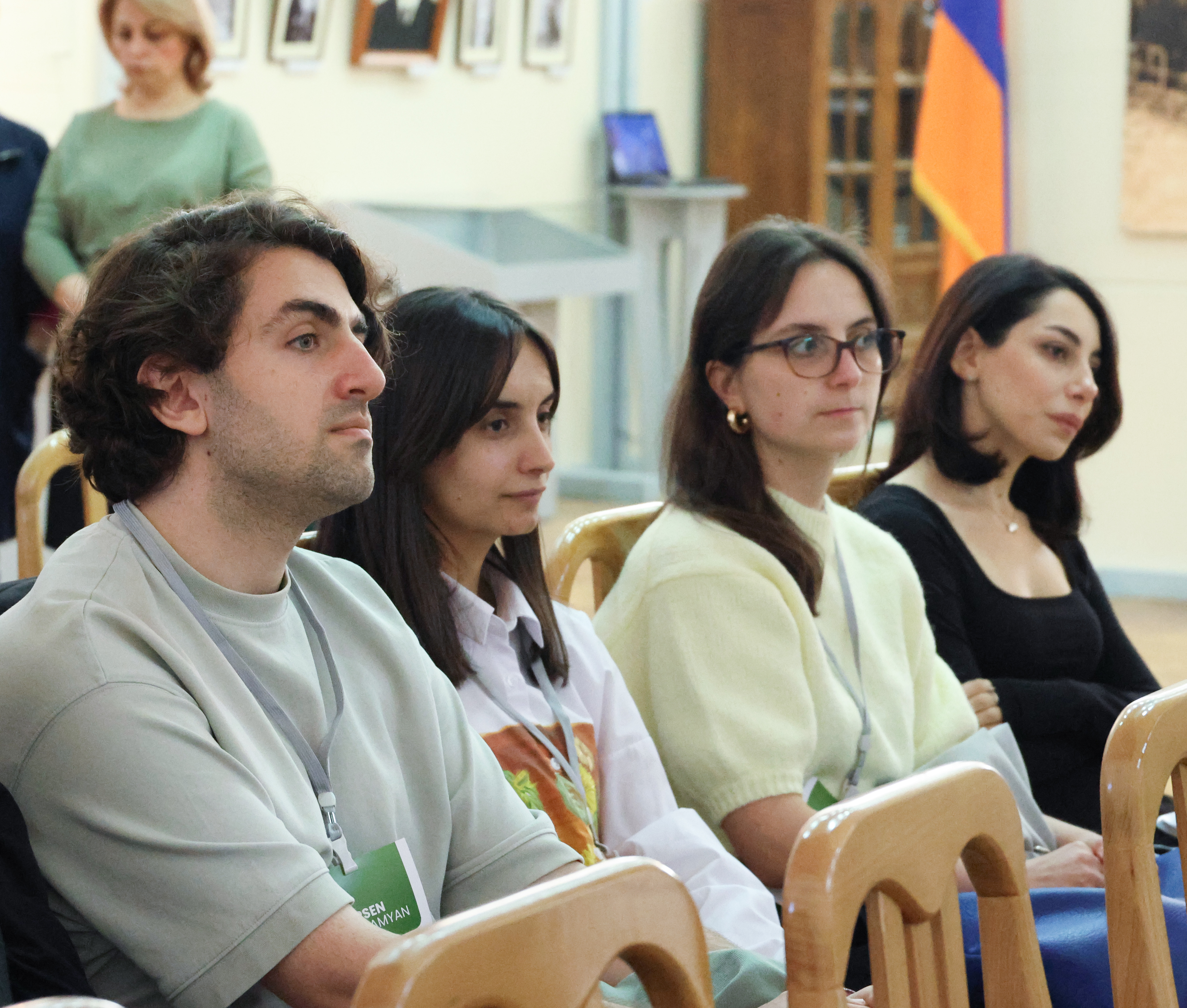October 25, 2024 | 17:02
Museum
Events
Event titled "Yerevan-100" held at YSU
The "Yerevan-100" event was held at YSU History Museum named after Professor L. Gharibjanyan, celebrating the 100th anniversary of the Yerevan Master Plan, designed by Armenian architect Alexander Tamanyan.
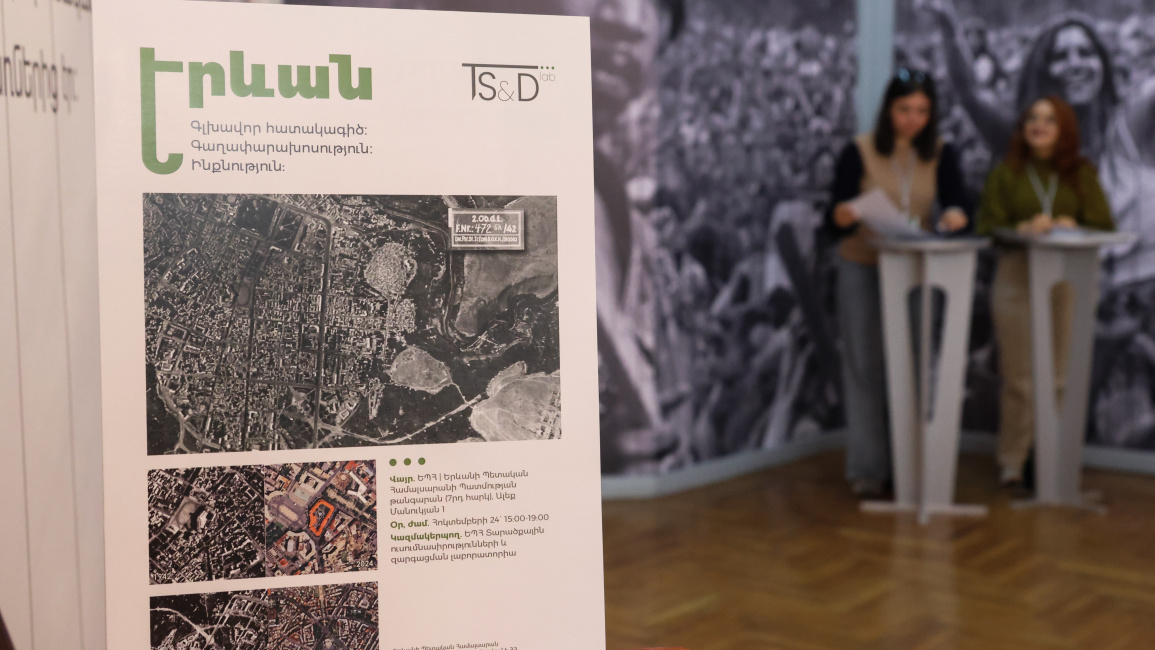
The event served as an open platform for discussions, celebrating the 20th anniversary of the YSU Sociology Faculty, the 100th anniversary of the Yerevan master plan, and the launch of the Territorial Studies and Development Laboratory (TS&D Lab) at the faculty.
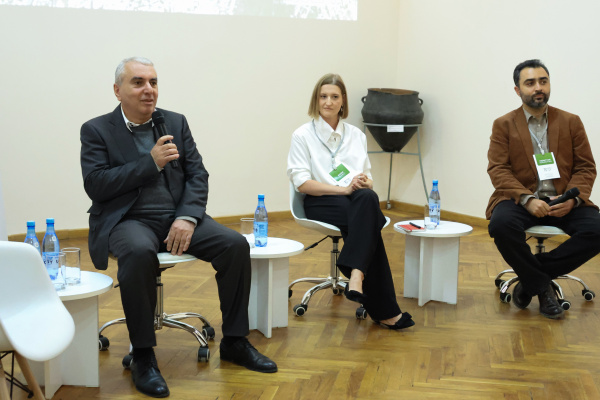
Artur Mkrtichyan, the Dean of YSU Sociology Faculty, highlighted that the laboratory, which received a grant from the Higher Education and Science Committee of the RA MoESCS, has recently begun its activities. Its primary aim is to explore the prospects for industrial and territorial development in post-Soviet Armenia. Additionally, the laboratory will focus on studying modernization strategies from both the Soviet and post-Soviet periods.
"The problem of regional studies is highly relevant. It is time to move towards well-founded, planned, and balanced territorial development. To achieve this goal, it is necessary to study and identify the requirements, as well as understand how to implement them. These challenges should be at the core of the laboratory's activities," said the dean.
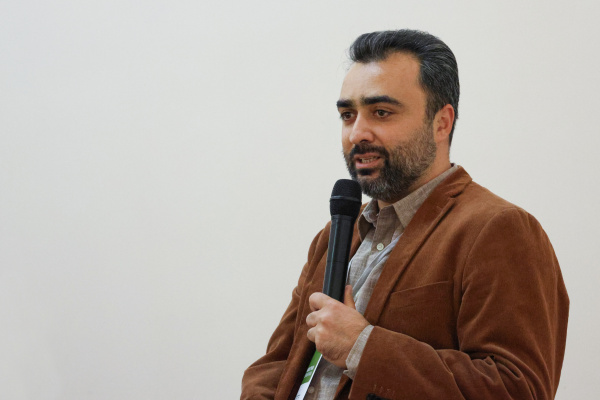
Associate Professor, PhD Harutyun Vermishyan, Head of the Chair of Theory and History of Sociology at YSU, Co-Head of the TS&D Lab, whose research focuses on sociological research methodology, identity crises, the ideological and cultural transformations of urban space, and historical analysis emphasized: "The heads of our laboratory are Professor Kerstin Krellenberg, who also heads the urban studies working group at the Department of Geography and Regional Studies at the University of Vienna, and Assistant Professor Yvonne Franz from the same group. We are already actively collaborating on other projects with them. The laboratory will create opportunities for dialogue in the field, create a network of experts and ideas, and establish an interdisciplinary school of territorial studies. Over the next five years, we aim to become such an active institution, whose members will also be active participants."
Referring to the Yerevan master plan, H. Vermishyan pointed out that it was a basis for the territorial development of the new state, city, and society.
"According to our methodology, the city is an element of the historical transformation of society. Today, we are discussing not only the 100-year transformation of Armenian society but also that of Yerevan," added the co-head of the laboratory.
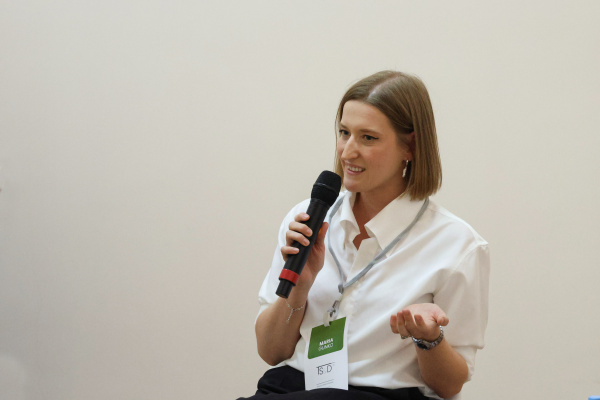
Among the researchers in the scientific group of the interdisciplinary TS&D Lab is Maria Gunko, a PhD student, anthropologist, and Candidate of Geographical Sciences at Oxford University. She emphasized the significant impact of the master plan on the spatial development of Armenia. It was noted that the laboratory was founded 100 years after the development and adoption of the Yerevan master plan.
"As part of the event, two panel discussions were held, focusing on the topics "The Master Plan of the Capital of Armenia and the Underworld" and "Genplan: From Utopia to Heterotopia".
During the first panel discussion, artist and art critic Ruben Arevshatyan, along with architects Maria Kremer, Sarhat Petrosyan, and Shahe Simonyan, talked about the Yerevan master plan. Using Yerevan as a case study, the speakers discussed various issues, including the reasons behind spatial deformation, the dialogue needed among policymakers, architects, and consumers, as well as the relationships and risks involved. The discussion aimed to deepen the understanding of territorial development policies both in Armenia and beyond.
In the second panel discussion, experts explored the anthropological and sociological layers of urban space. Architect Arsen Abrahamyan, Candidate of Sociological Sciences Yuliana Melkumyan, Candidate of Historical Sciences Aghasi Tadevosyan, Candidate of Sociological Sciences and researcher Aram Vartikyan delivered speeches reflecting on the contradictions inherent in the ideological and cultural practices of urban space reproduction.



